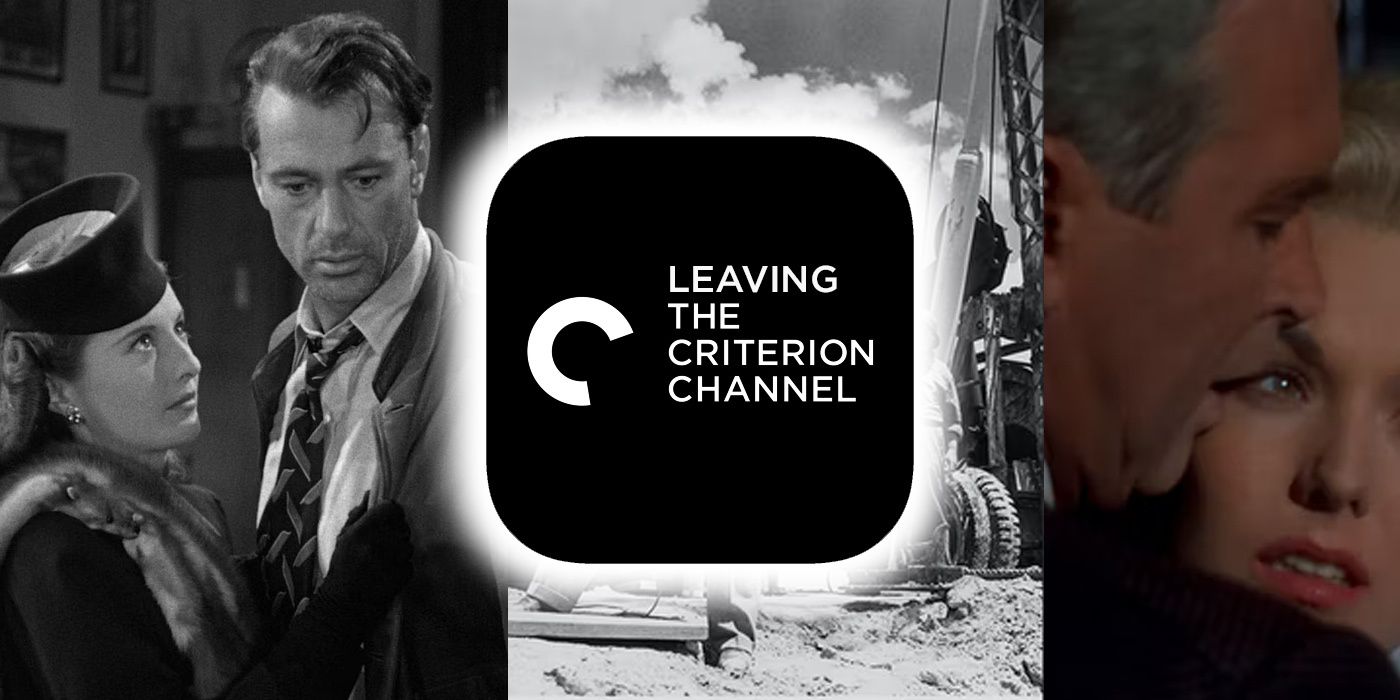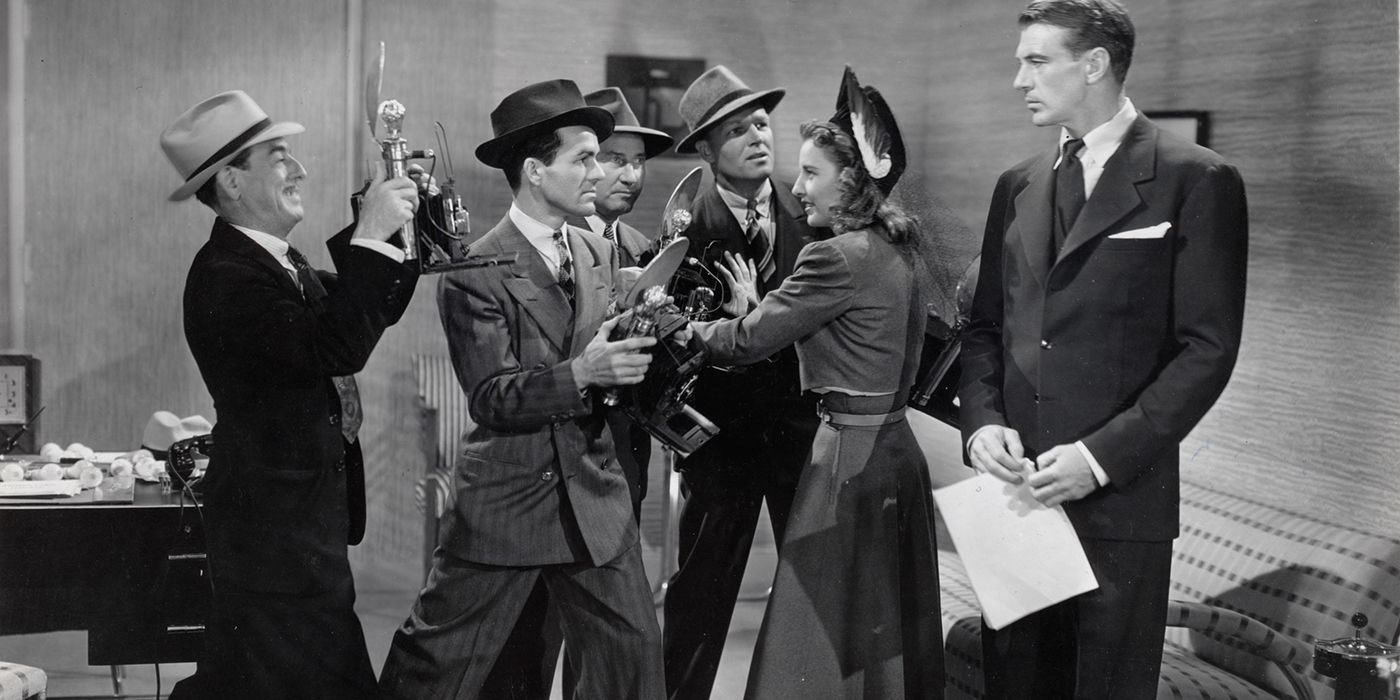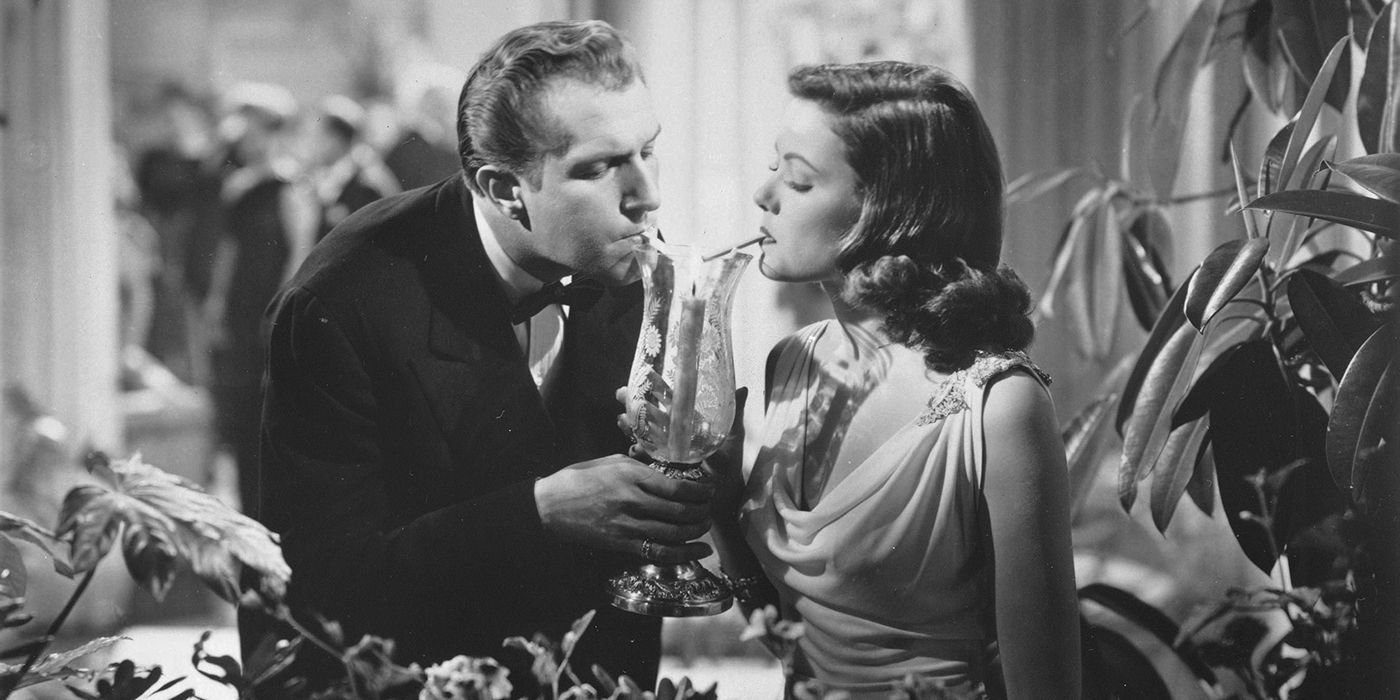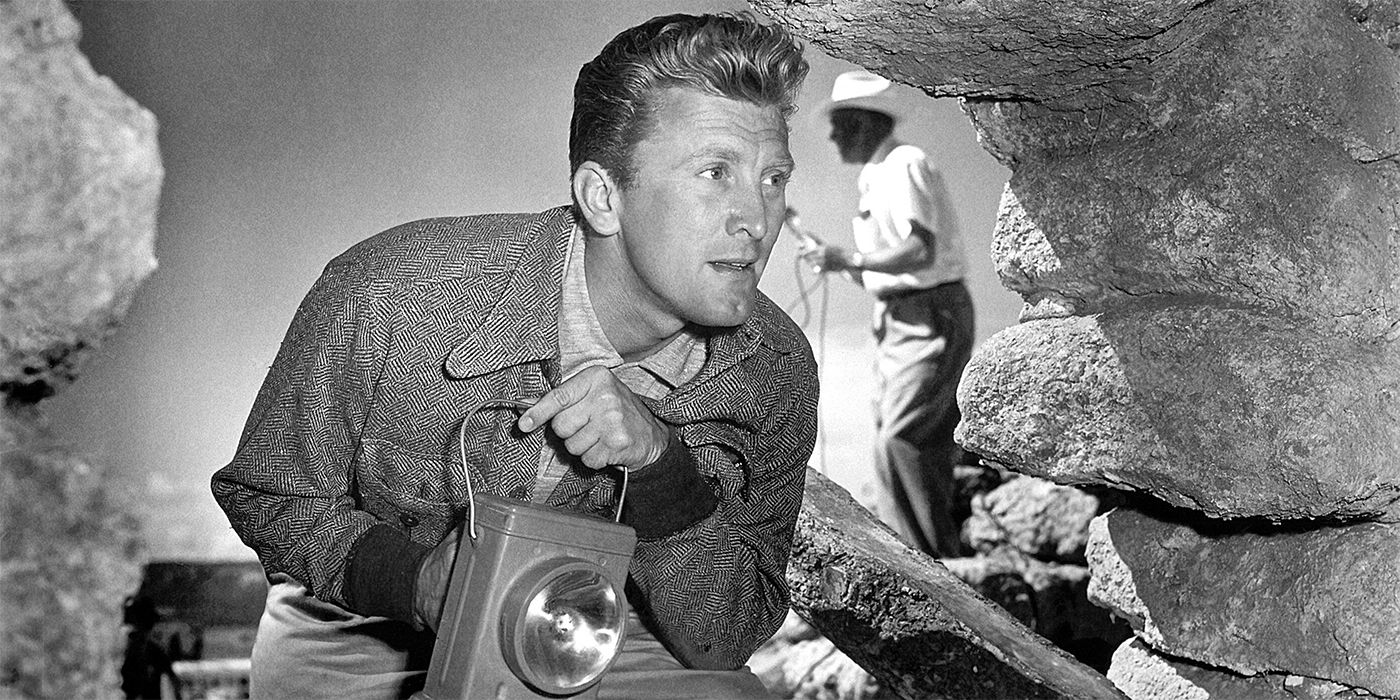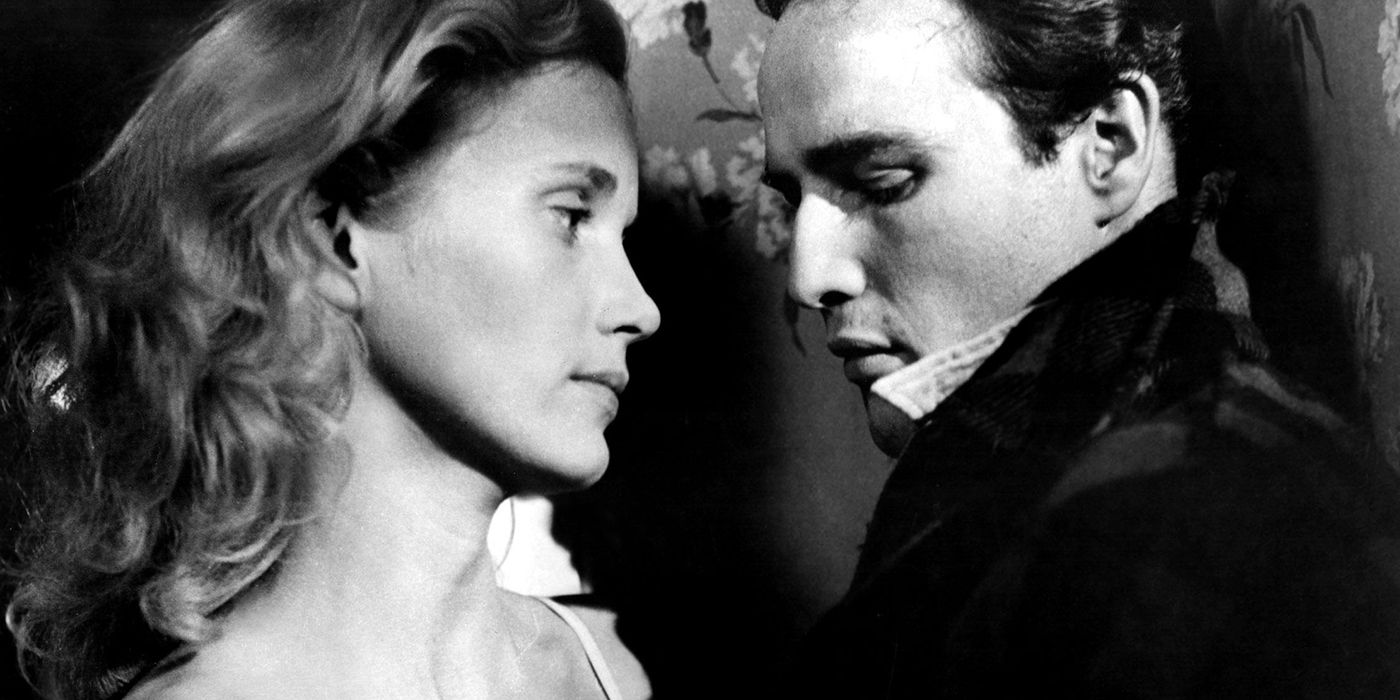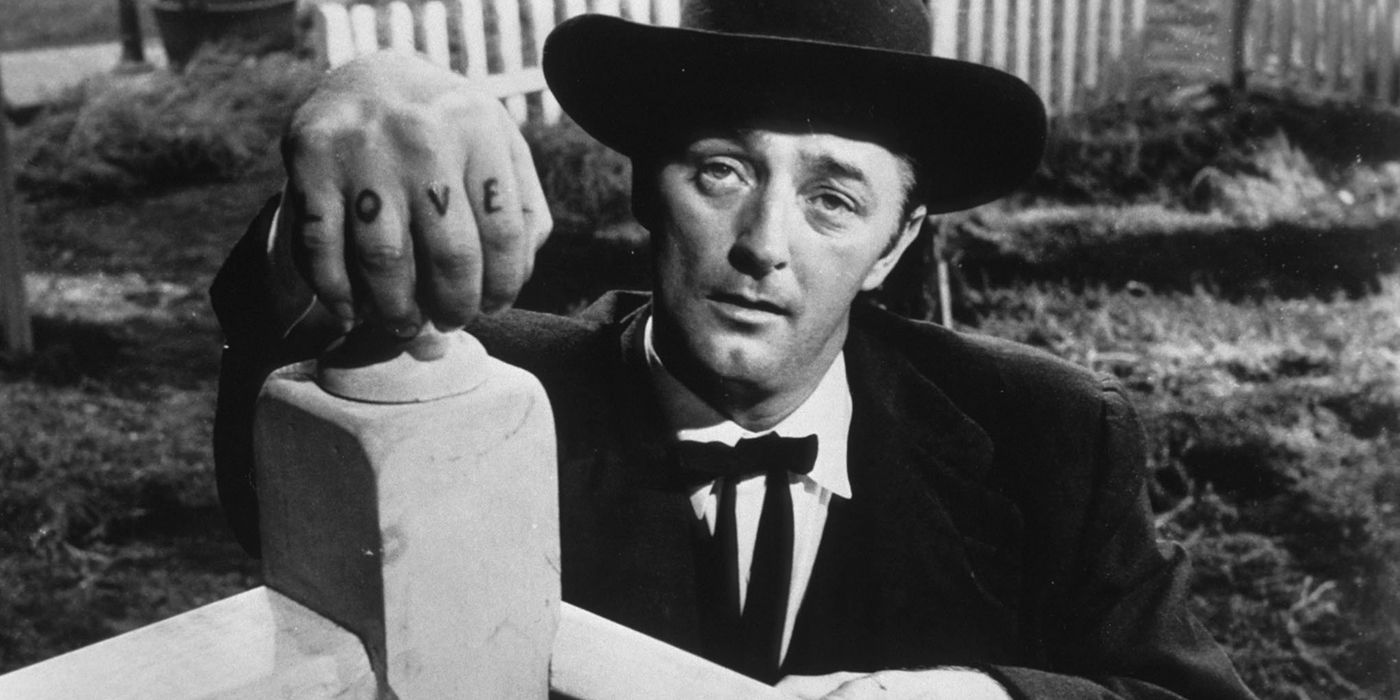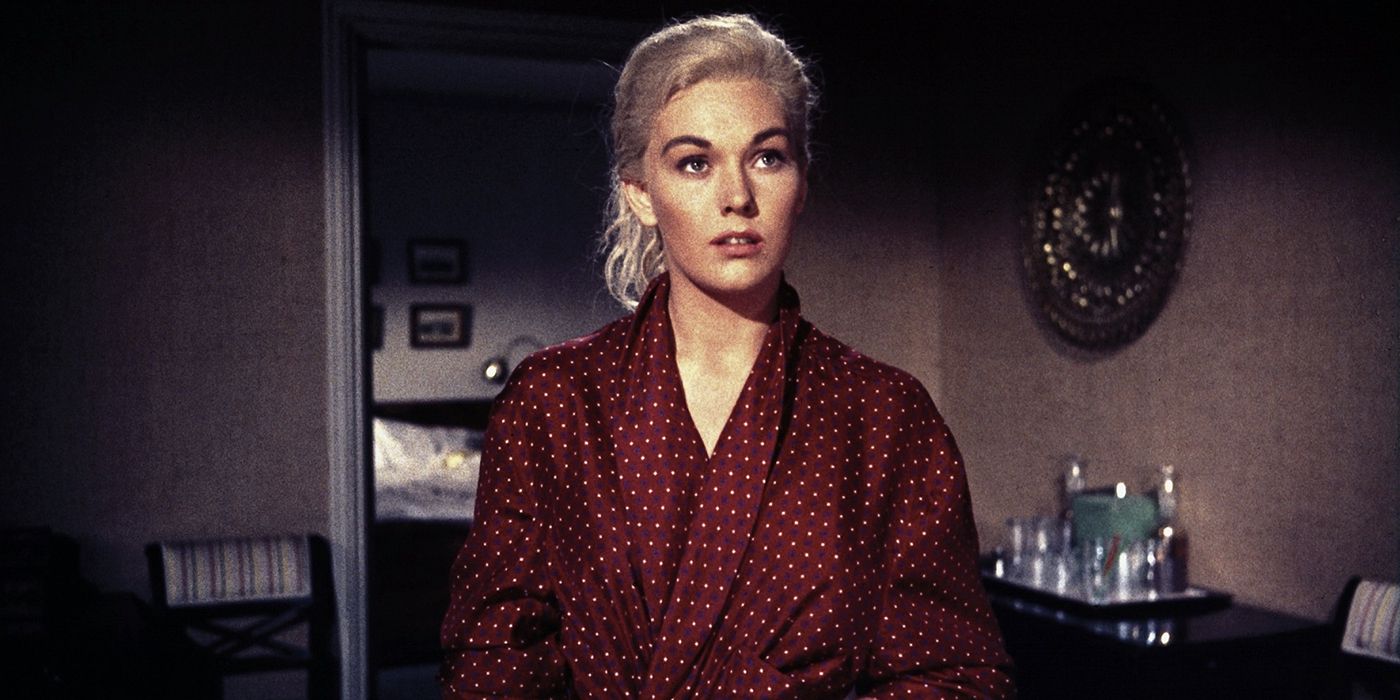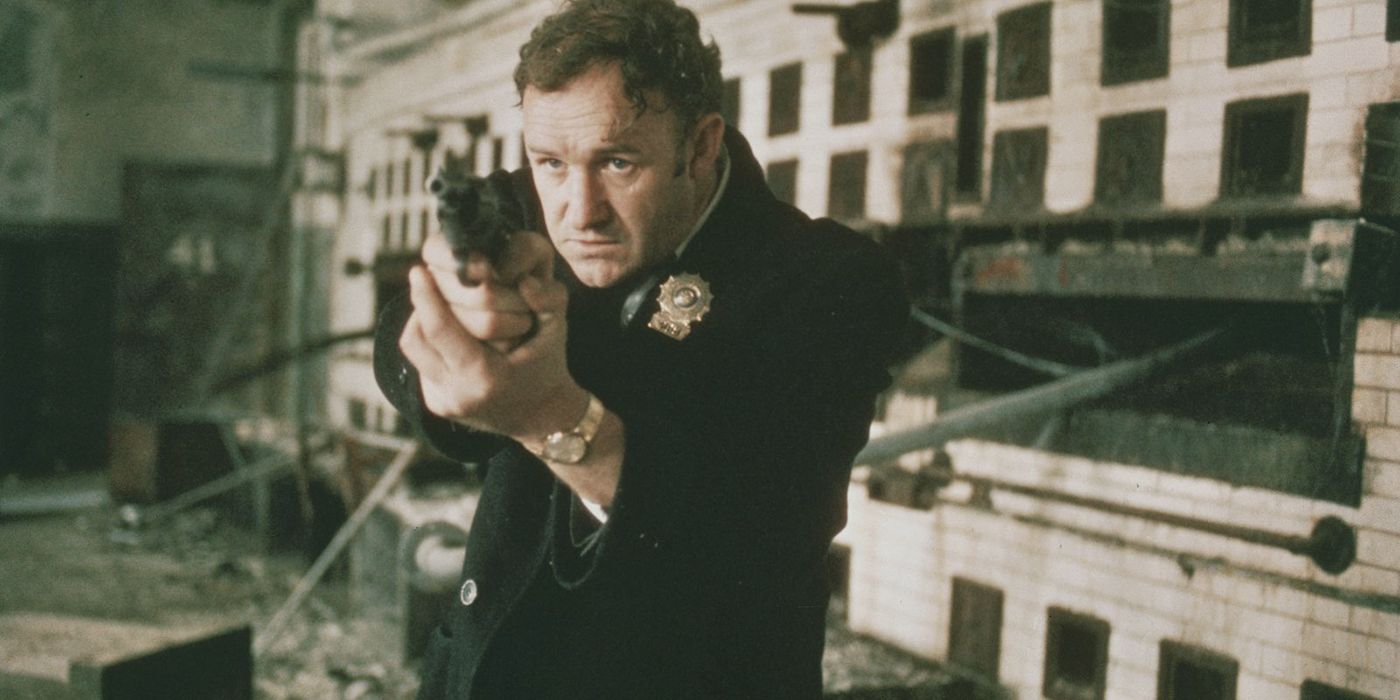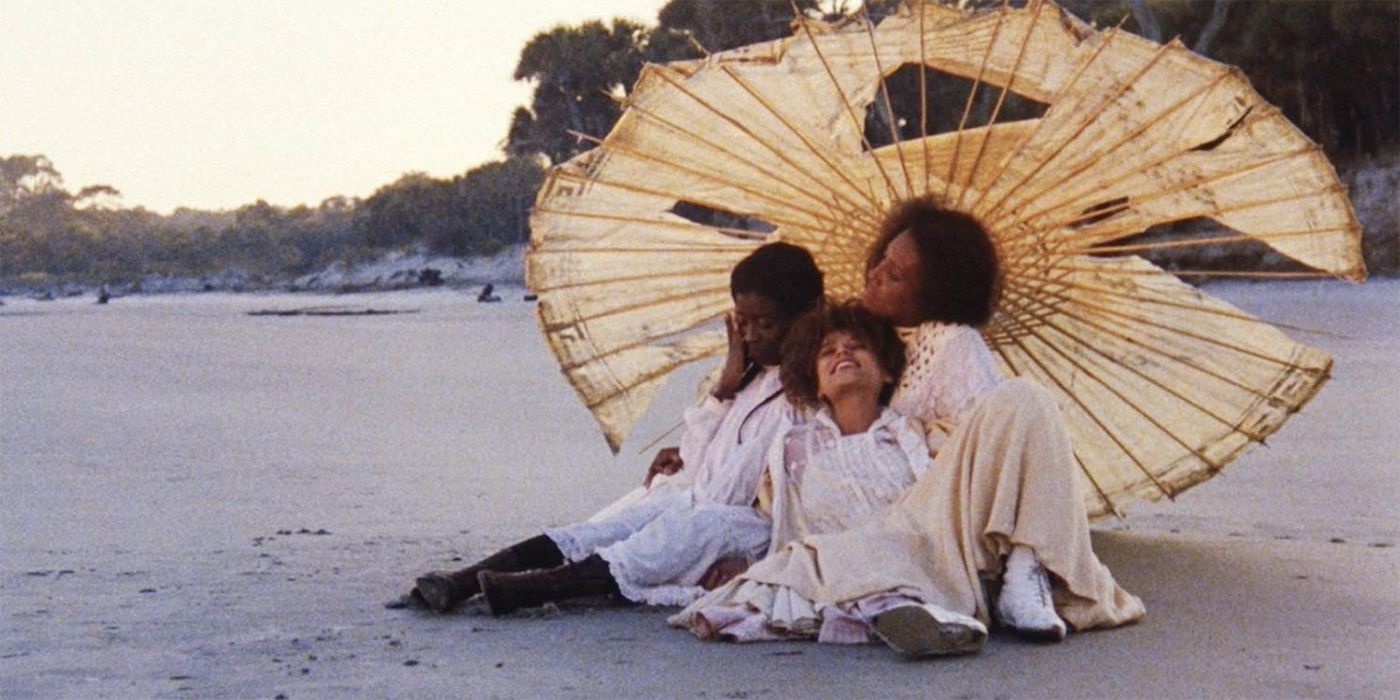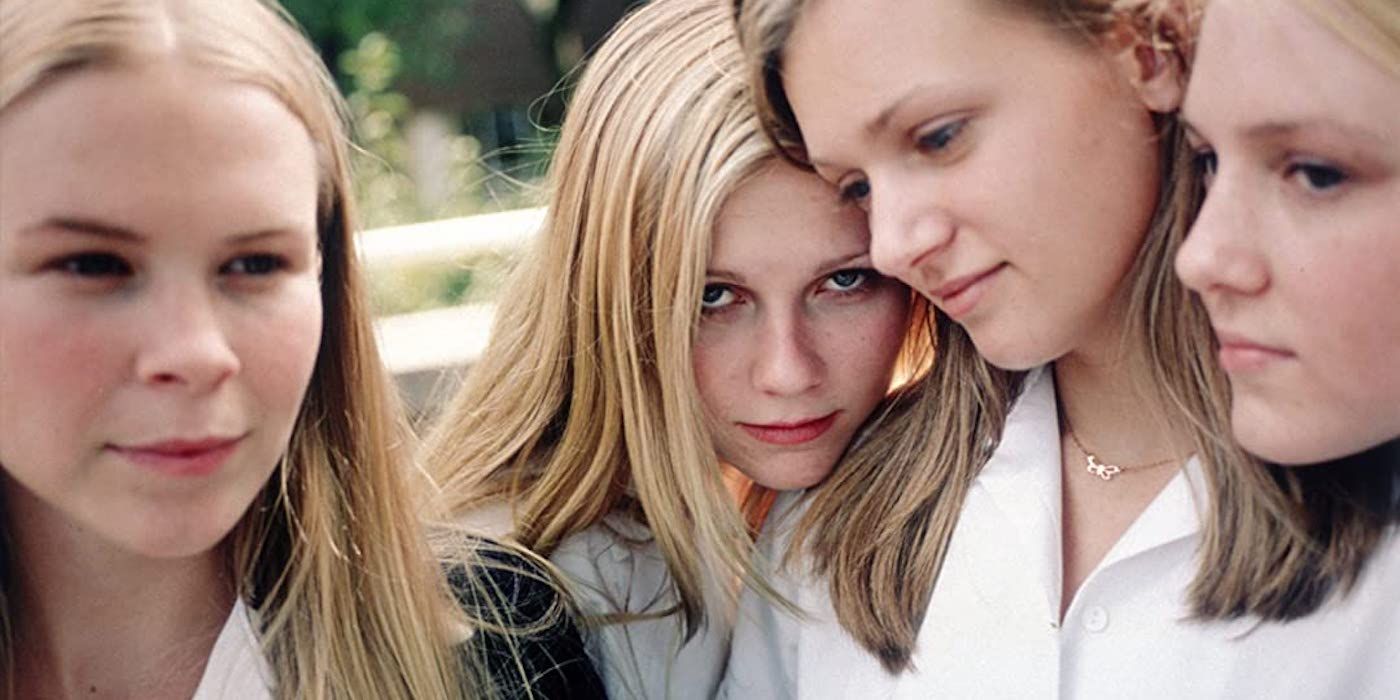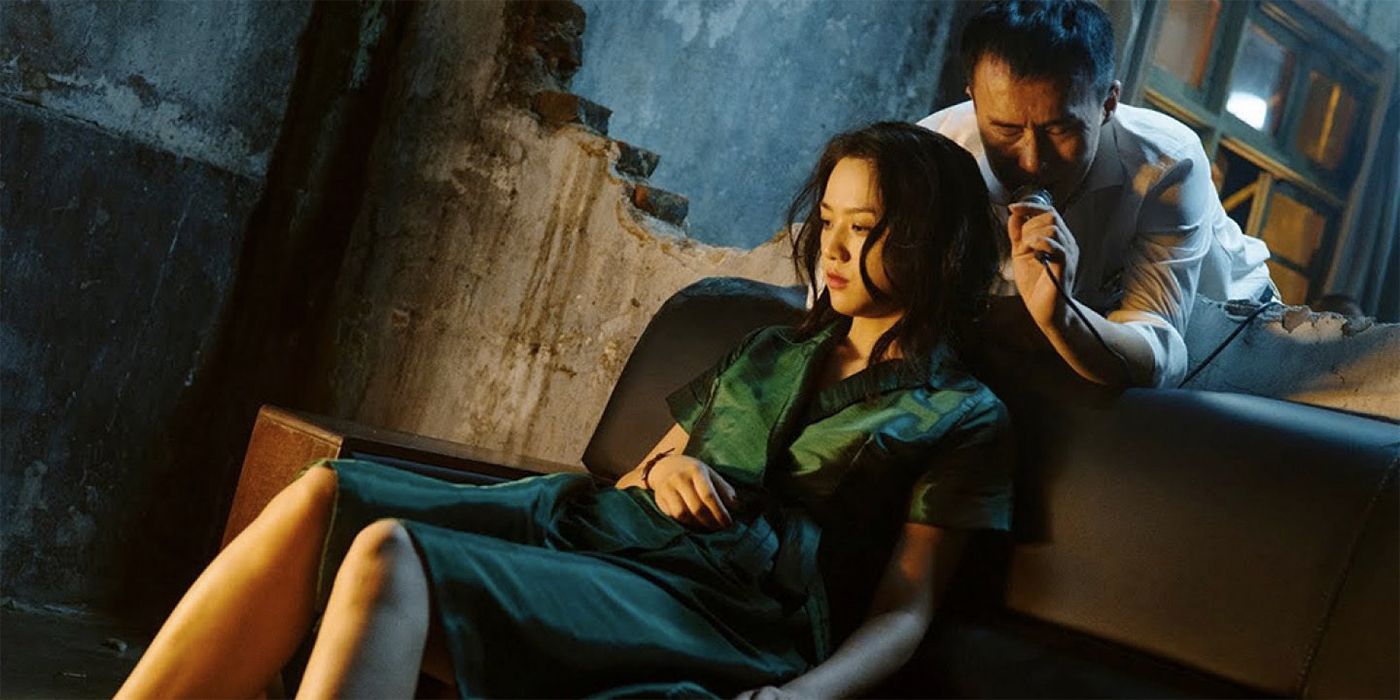Since its inception in 2019, The Criterion Channel has been a goldmine of classic cinema for movie lovers. The channel primarily features films already on the Criterion Collection but features a ton of other great films as well, both new and old.
This month, a considerable amount of established film classics as well as modern masterworks are leaving the Criterion Channel. From Old Hollywood to modern-day experimental cinema, here are 10 masterpieces leaving the channel in a mere few weeks.
Meet John Doe (1941)
One of the quintessential feel-good films from a director known for making feel-good films, Frank Capra’s Meet John Doe centers around a publicity campaign started by journalist Ann Mitchell (Barbara Stanwyck), who hires a homeless man (Gary Cooper) to play the role of a social activist named “John Doe.”
Capra’s brand of uplifting filmmaking (dubbed “Capracorn” at one point), may seem a bit dated to modern audiences, but the strong screenplay from It Happened One Night writer Robert Riskin matched with the multidimensional performances of Hollywood icons Stanwyck and Cooper save the film from being merely a product of its time. Meet John Doe deserves every bit of recognition it gets as a gem from Hollywood’s golden age.
Laura (1944)
One of the most iconic film noirs of all time, Otto Preminger’s 1944 Laura stars the radiant Gene Tierney in the title role. A murder mystery with a surprise plot twist in the middle (which won’t be spoiled here), it is best to go into this film knowing as little about it as possible.
Featuring beautiful chiaroscuro cinematography from Joseph LaShelle and a killer supporting cast of Hollywood legends Dana Andrews, Clifton Webb, Vincent Price, and Judith Anderson, Laura is a surprisingly modern narrative that still holds up to this day. It’s part Vertigo, part Gone Girl, and a wholly original, gripping, and influential film noir in its own right.
Ace in the Hole (1951)
As is the case with many films from Billy Wilder, Ace in the Hole is so brilliant and timeless in its storytelling and direction that if it weren’t for the fact that it’s in black and white and full screen, one would think it was a film that just recently came out. Kirk Douglas stars as a big-time journalist who will stop at nothing to gain media attention and further his career, even if it means exploiting others.
A subtle yet powerful social commentary on corruption in the media, Ace in the Hole is a masterfully made film. It was released just one year after Wilder’s magnum opus Sunset Boulevard — similarly to that film, it brilliantly peels back the layers of American institutions that thrive off of surface-level images, whether that be Hollywood or the press, exposing their ugly and decrepit interiors in the process.
On the Waterfront (1954)
Ranked #19 in the American Film Institute’s 2007 list of the greatest American films of all time, Elia Kazan’s On the Waterfront is a startling social drama that is still highly regarded to this day. The story follows Terry Malloy (Marlon Brando), a failed boxer faced with an impossible dilemma of whether he should expose his corrupt union boss (Lee J. Cobb) or remain loyal to him.
Featuring a knockout performance from Brando and picturesque cinematography from Boris Kaufman, who reveals Hoboken, New Jersey in all its gloomy beauty, On the Waterfront was a hit when it was released, nabbing eight Academy Awards. The film still stands as a masterfully heart-wrenching tale of morality that exposes its inherent greyness. Plus it has Marlon Brando’s iconic “I coulda been a contenda” speech. And it’s a must-watch for that alone.
The Night of the Hunter (1955)
The Night of the Hunter was the only film directed by legendary actor Charles Laughton. Initially panned upon its release, the film’s critical reception discouraged Laughton from ever making another film, and viewing it now makes one realize just how ahead of its time it was.
Featuring an iconically creepy performance from Robert Mitchum as a sadistic preacher, The Night of the Hunter plays out like the eeriest children’s story you’ll ever see. The film is equally influenced by film noir as it is by German expressionism, resulting in a visually phantasmagoric fable that is still chilling and surprisingly fresh and modern to this day. Oh, how wrong the critics were back in 1955.
Vertigo (1958)
Dubbed by Sight & Sound magazine as the greatest film of all time in their latest poll, Vertigo is one of director Alfred Hitchcock’s many masterworks. Similar to The Night of the Hunter, Vertigo was also coldly dismissed by critics and audiences upon its release. Not typical Hitchcockian suspense fare, Vertigo tells a heartbreaking story of loss, grief, nostalgia, and love.
Hemmed by excellent performances from James Stewart and Kim Novak as well as an iconic score from Bernard Herrmann, Vertigo is a Shakespearean tragedy with stinging emotion and masterful direction. It is essential viewing for any cinephile and rightfully deserves its status as the greatest of all time.
The French Connection (1971)
Winner of five Academy Awards, William Friedkin’s cold and gritty The French Connection is considered to be one of the greatest crime dramas of all time. Based on a true story, it follows two NYPD detectives (played by Gene Hackman and Roy Scheider) tirelessly working to bring down a French heroin smuggler (Fernando Rey).
The film is perhaps most well-known for its car chase sequence towards the climax of the film, and for good reason: it is one of the most pulse-pounding, anxiety-inducing scenes ever committed to film. A masterclass in editing and direction, that scene alone makes The French Connection worth viewing.
Daughters of the Dust (1991)
Julie Dash’s Daughters of the Dust was the first film directed by an African American woman to receive a wide release, and it remains an underseen but highly influential gem. The film’s portrayal of Gullah culture in coastal South America and Georgia is visually poetic, showcasing the woozily beautiful cinematography of Arthur Jafa.
Although the film is plagued by a somewhat intrusive synth score that hasn’t aged well, it nonetheless remains an important landmark in American cinema. The film languished in obscurity for decades before it was rediscovered after being heavily referenced in Beyoncé’s visual album Lemonade, and a restoration and reappraisal deservedly soon followed.
The Virgin Suicides (1999)
Sofia Coppola’s directorial debut The Virgin Suicides established a new and unique voice in modern American cinema. Based on the Jeffrey Eugenides novel, the film concerns itself with a group of young women trying to navigate life under the shadow of their strict and oppressive parents (brilliantly played by James Woods and Kathleen Turner).
Feeling like a queasy blend of Blue Velvet and Picnic at Hanging Rock, The Virgin Suicides reveals the darker underbelly of idyllic American suburbia in a unique and poetic way thanks to Coppola’s visually dreamlike adaptation of the source material. Also sporting a breakout performance from Kirsten Dunst, the film has achieved cult classic status and still remains one of Coppola’s greatest achievements, if not her best.
Long Day’s Journey Into Night (2018)
Not to be confused with the Eugene O’Neill play of the same name, Bi Gan’s latest film Long Day’s Journey Into Night is perhaps most known for its final shot, which goes on for an astounding 59 minutes and is in 3D. Aside from its technical bravura, the film is a breathtaking cinematic experience in its own right.
Highly influenced by the cinema of Andrei Tarkovsky, the film is a poetic meditation on memory and nostalgia, as it follows a quietly introspective man (Huang Jue) returning to his hometown of Kaili. It’s one of the most original films of the 21st century, and a cinematic experience you’ll likely not soon forget after you see it.

